Introduction to the characteristics of steaming of hand-brewed coffee in the process of steaming
Steaming is an important step in making coffee, and words such as "whether the coffee is good or not, just look at the steaming state" and so on. So when we learn to make coffee, we all intentionally or unintentionally "develop" a perfect "coffee burger". But if you understand the logic behind steaming, you will find that steaming is so simple.
Why is it steamed when making coffee? The most direct way to explore this problem is to compare a hand-brewed coffee that skips the steaming steam. it is not difficult to find that if it is not steamed, bubbles will continue to emerge from the powder layer when brewing, and when comparing the flavor of the coffee, the unsteamed coffee is obviously thin, watery and light in taste.
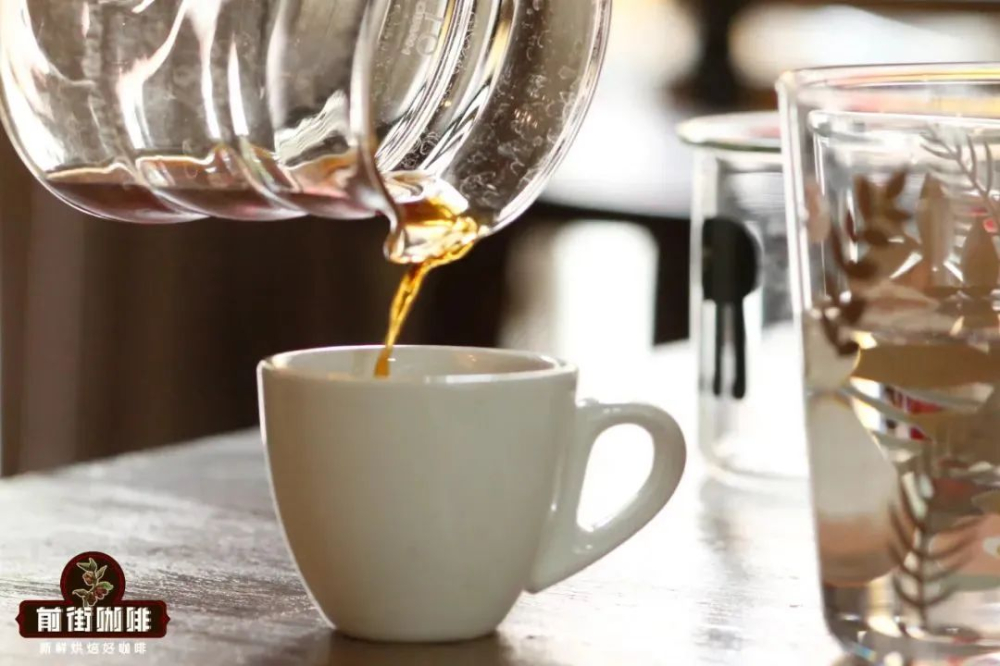
And these bubbles are the "culprit" for the poor flavor of this cup of coffee. These bubbles are actually carbon dioxide in coffee beans. When coffee beans are freshly roasted, they are rich in carbon dioxide, which usually inhibits the loss of flavor and inhibits the release of flavor substances during cooking. So when cooking, the carbon dioxide will be discharged first and then extracted by steaming.
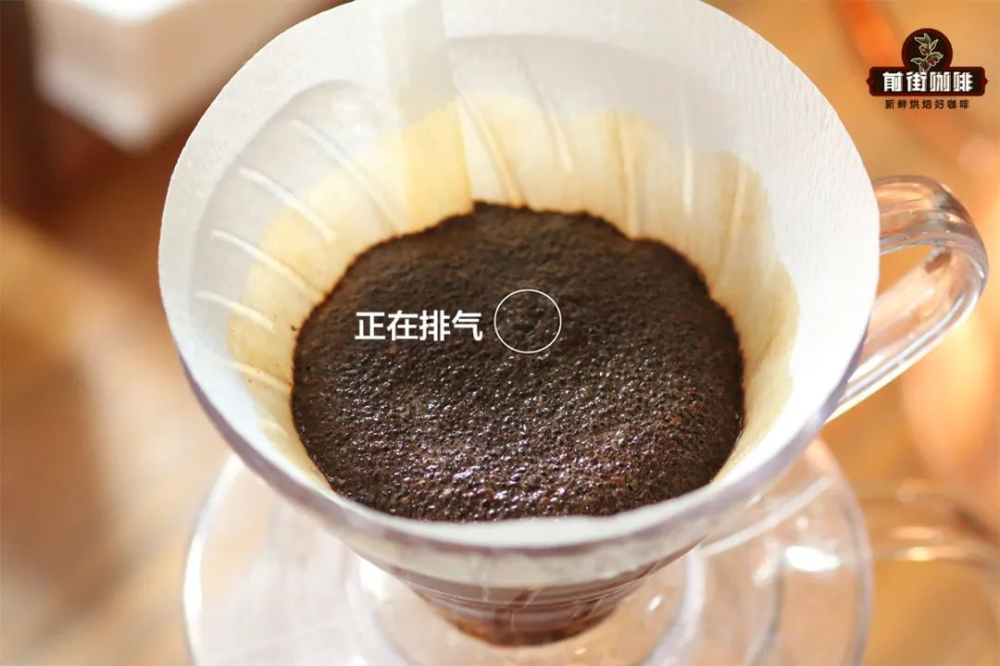
The "coffee burger" appears during steaming because when the water is absorbed by the coffee powder, it will squeeze out carbon dioxide. When a lot of carbon dioxide is emitted at the same time, because the gap between the coffee powder is too small, there is no place for these gases to come out. Will prop up the coffee powder layer, looking for a channel to discharge. The front street did not find when steaming appeared, but we know that the function of steaming is to emit carbon dioxide, and only fresh coffee beans have carbon dioxide gas. So the first way to steam must be a place where coffee is roasted locally. Before the concept of freshly roasted coffee beans was formed, freshly roasted coffee was not delicious because its extraction taste was not as stable as that of long-standing coffee beans. In the field of hand-brewing, some people have noticed that this instability comes from the gas emitted by beans during brewing. When there is less gas, the taste of coffee is more stable. Then came a variety of flushing methods to avoid gas interference with extraction. For example, the most common now is to inject a small amount of water, wait a while, let the gas be discharged and then inject water. It is also possible to soak the coffee powder slowly in the form of drips, when the gas has enough time to discharge. Although their methods are different, the essence is to discharge the gas with as little water as possible. Later, a simple method of steaming slowly evolved, that is, twice the amount of water steamed for 30 seconds. Two parameters are involved here, the amount of steaming water and the steaming time. The reason for using twice the amount of water for steaming is that coffee powder can only absorb twice the weight of its own water, and no matter how much water is wasted. The steaming time is to observe that most coffee beans are almost exhausted in about 30 seconds. After summing up this conclusion, some novice enthusiasts who do not know the principle can make good coffee in this way.
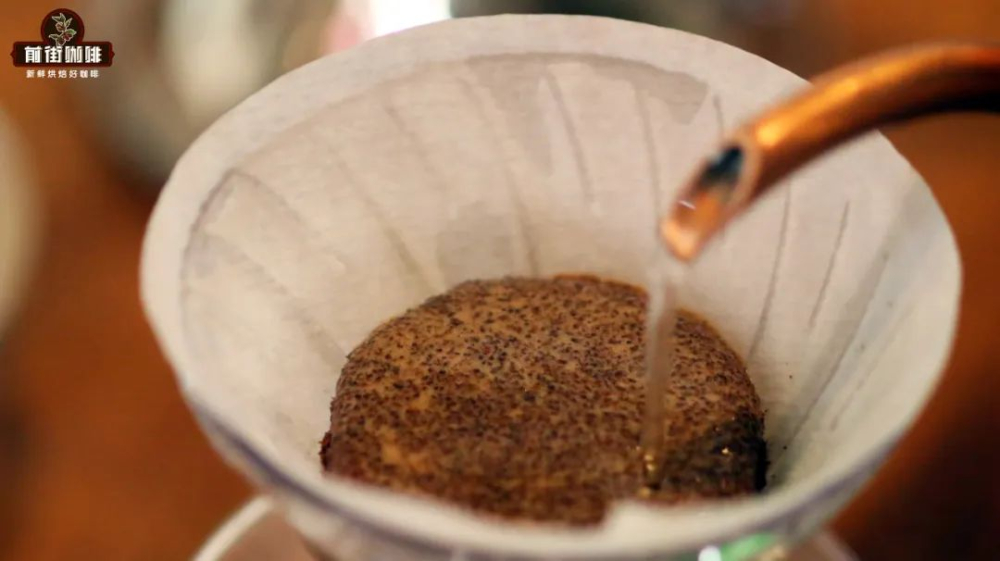
But when you understand how steaming works and how it works, you know that steaming is nothing more than soaking the coffee powder and leaving enough time for it to release gas. Then you can set the amount and time of steaming according to the actual state of the coffee powder. For example, the water absorption of deep-roasted coffee beans is better, when steaming and injecting water, it can absorb most of the water, and only a little bit of coffee liquid is dripped into the pot in advance, then use twice the amount of water; and there are some shallow roasted coffee with particularly high hardness, which has poor water absorption and a lot of dripping into the pot, so you can use less steaming, for example, 1.5-1.7 times the amount of water.
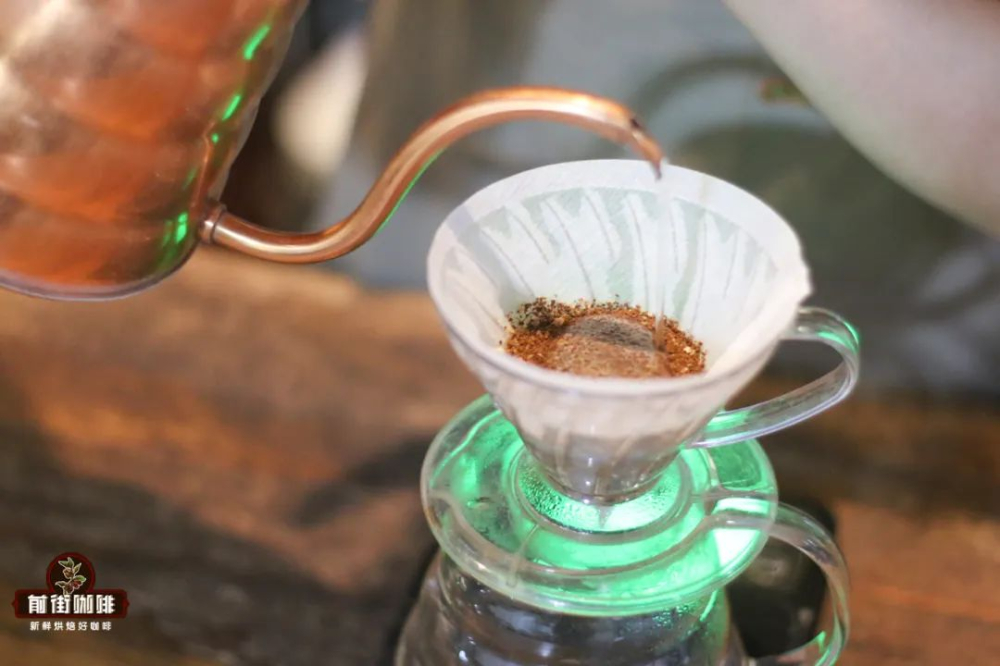
At the same time, whether steaming is good or not also depends on the method of water injection. In general, Qianjie is suggested to inject water in a small circle around the center, so as to prevent some water from flowing away directly from the edge of the filter cup. But also be careful to make sure that the coffee powder is soaked, at least on the surface, without dry coffee powder.
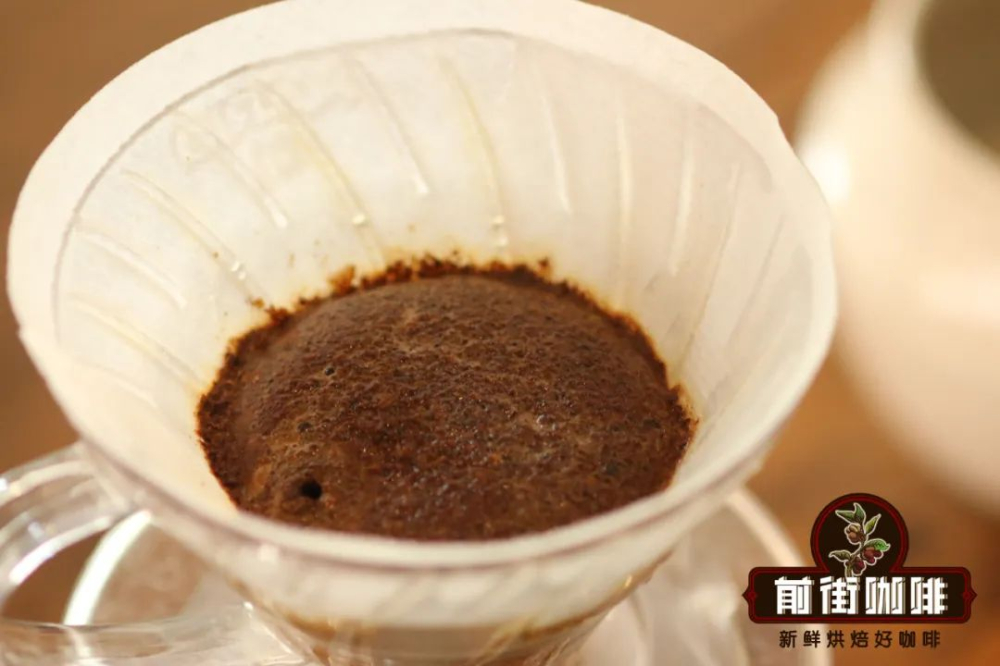
The expansion of some coffee powder is not so obvious, so you need to circle it in a larger circle when injecting water, and you will feel it after a few more practices. Some friends pay too much attention to the amount and time of steaming, but its water control ability still needs to be improved. after injecting the amount of steaming, the powder layer is dry, so the steaming will not measure the bottom, and the coffee will not taste good. Qianjie's advice is that if it is really impossible to fully soak the coffee powder in twice the amount of water, then pour in more water and remember that the purpose of steaming is to completely soak the coffee powder and vent the gas. Then there is the question of time. Coffee beans with different baking time have different gas content. For example, coffee beans baked for 4 days are not the same as those roasted for 15 days in terms of expansion and gas emission activity. Therefore, the steaming time is determined according to the actual degree of gas emission. For example, some coffee powder is still expanding after 30 seconds, then you need to wait for it to drain and then fill it with water, and some will not move for more than 20 seconds. Here, Qianjie suggests reinjecting water after it expands for 3 seconds. To sum up, what you need to do in the steaming step is to soak all the coffee powder according to the planned amount of water, and then wait for the coffee burger to stabilize, and then the steaming stage will be completed, and the rest is the extraction stage. Finally, the sentence "whether the coffee tastes good or not depends on the steaming state" is not to say that you are good at steaming and injecting water, but to judge the freshness of the coffee beans by the steaming state. If the gas is very active and bubbles rise everywhere, it means that it is too fresh and there may be dryness and astringency. If the expansion is uniform and there are no rapid bubbles, it means that the beans are good and have been raised. If steaming does not swell, it means that the beans are not fresh.
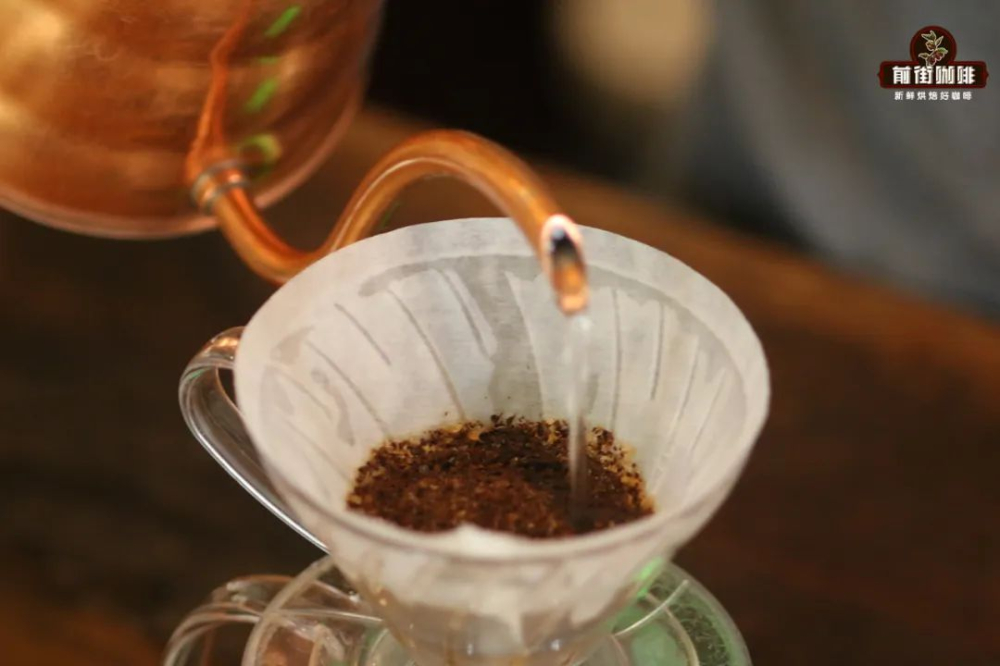
And this method is not entirely correct, first of all, some shallow baked coffee beans have their own hardness, exhaust is relatively slow, so there is no obvious drum bag. Many people will regard whether the steaming is bulging as the basis for the freshness of coffee, so it is easy to misjudge here. Secondly, it is not that coffee beans that cannot afford to be steamed are not delicious and not fresh. Qianjie has also tested a lot of coffee beans that have been over a month, and many of them do not change when steaming, but the flavor and taste is not so fresh. So let's start according to the actual situation.
Important Notice :
前街咖啡 FrontStreet Coffee has moved to new addredd:
FrontStreet Coffee Address: 315,Donghua East Road,GuangZhou
Tel:020 38364473
- Prev

How long is the foam suitable for making latte coffee? How thick is the foam?
The knowledge of milk foam was shared in detail before Qianjie. Recently, however, a friend sent some videos of milk foaming, asking Qianjie to give some suggestions. It happens that these problems are relatively easy for novices to make milk bubbles, so I will specifically talk about a few points to pay attention to when making milk bubbles. The first category, finish
- Next

Is the coffee flavor description a lie? How to drink coffee with hand characteristics
Flavor description is a product of coffee refinement. You don't drink instant coffee to explore coffee flavor, but you definitely describe rich flavor for a single cup of coffee. Because, this is the "rules of the game" that have been set in 1995, and we are playing a game according to the rules. coffee extract
Related
- Beginners will see the "Coffee pull flower" guide!
- What is the difference between ice blog purified milk and ordinary milk coffee?
- Why is the Philippines the largest producer of crops in Liberia?
- For coffee extraction, should the fine powder be retained?
- How does extracted espresso fill pressed powder? How much strength does it take to press the powder?
- How to make jasmine cold extract coffee? Is the jasmine + latte good?
- Will this little toy really make the coffee taste better? How does Lily Drip affect coffee extraction?
- Will the action of slapping the filter cup also affect coffee extraction?
- What's the difference between powder-to-water ratio and powder-to-liquid ratio?
- What is the Ethiopian local species? What does it have to do with Heirloom native species?

